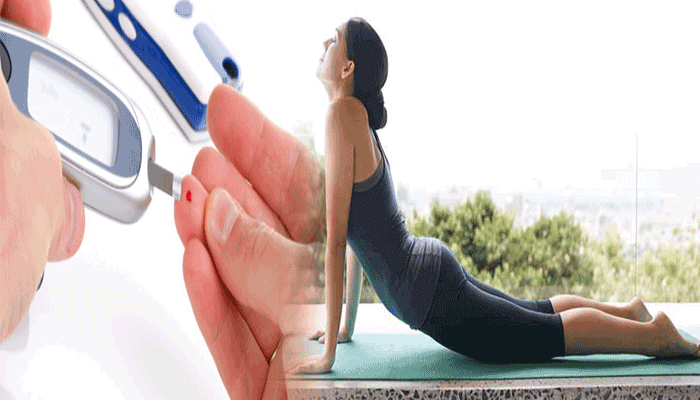Health
Top Strategies Will Help You Control Blood Pressure and Diabetes Even During A Heat Wave

During the extreme summer heat, it can be difficult for those with diseases like diabetes and high blood pressure to manage their health. The high temperatures have the potential to worsen symptoms and cause major consequences if appropriate measures are not taken. The Centers for Disease Control and Prevention (CDC) state that environmental factors like temperature can have a major impact on both high blood pressure and diabetes.
Diabetes modifies blood sugar metabolism, and high temperatures can alter the body’s ability to store and absorb insulin. Dehydration, which happens frequently in hot temperatures, can make hypertension, or high blood pressure, worse.
These 9 practical suggestions will help you combat the heat and keep cool. They may also help you control your blood pressure and diabetes:
Prevent Being Dehydrated:
If you have both high blood pressure and diabetes, this is a serious problem. Getting enough water into your body helps keep blood pressure and blood sugar levels within normal ranges. Steer clear of caffeine and sugary drinks as they can dehydrate you.
Control Your Blood Sugar Levels:
Elevations of heat can impact blood sugar. Increase the frequency with which you check your blood sugar and make any necessary dietary, exercise, or medication adjustments. Keep an eye out and always have your glucometer with you.
Keep Medications In A Cool Location:
Certain drugs, including insulin, may be heat sensitive. Avoid keeping them in a heated car and instead store them in a cold, dry location. Their effectiveness can be maintained by using a cool pack.
Avoid Consuming Large Meals:
It can cause you to feel lethargic and raise your body temperature. Choose meals that are light, well-balanced, and full of fruits and vegetables. Cucumbers and watermelon, among other foods high in water content, can help you stay hydrated.
When The Weather Gets Cooler, Get Some Exercise:
Exercise is vital, but in the summer months it should be done with caution. Exercise in the morning or late at night, when it’s cooler outside. If the weather outside is too hot, opt for indoor activities.
Put On Appropriate Apparel:
Light-colored, baggy clothing will help you stay cool. It’s better to wear cotton clothing since it lets your skin breathe. Sun protection can also be obtained with sunglasses and a hat with a large brim.
Avoid Spending Too Much Time In The Sun:
Heatstroke can result from it, which is harmful to everyone but especially to people with diabetes and high blood pressure. When it’s feasible, seek shade, and protect your skin with sunscreen.
Identify Heat Exhaustion Symptoms:
Recognize signs like lightheadedness, disorientation, and profuse perspiration. If you feel these symptoms coming on, get into a cooler place, drink lots of water, and get some rest right away.
Routine Examinations
The summer is an excellent time to plan your doctor’s visit. Talk about any worries you have about keeping your symptoms under control in the heat, and modify your treatment plan as necessary.
-

 Sports4 weeks ago
Sports4 weeks agoAl Ahly vs Inter Miami, 2025 FIFA Club World Cup – Preview, Prediction, Predicted Lineups and How to Watch
-
Health3 weeks ago
Back to Roots: Ayurveda Offers Natural Cure for Common Hair Woes
-

 Tech3 weeks ago
Tech3 weeks agoFrom Soil to Silicon: The Rise of Agriculture AI and Drone Innovations in 2025
-

 Startup4 weeks ago
Startup4 weeks agoHow Instagram Is Driving Global Social Media Marketing Trends
-

 Sports3 weeks ago
Sports3 weeks agoFIBA 3×3 World Cup 2025: Full Schedule, Preview, and How to Watch
-

 Science4 days ago
Science4 days agoJuly Full Moon 2025: Everything You Should Need to Know, When and Where to See Buck Moon
-

 Gadget3 weeks ago
Gadget3 weeks agoThings to Know about Samsung Galaxy S26: What’s New and What’s Next
-

 Sports4 weeks ago
Sports4 weeks agoWorld Judo Championships 2025: Full Schedule, Date, Time, Key Athletes and How to Watch














